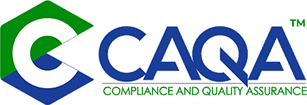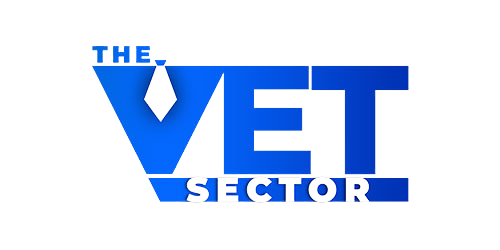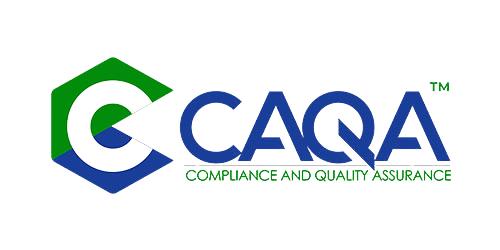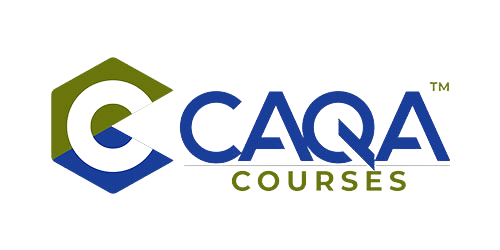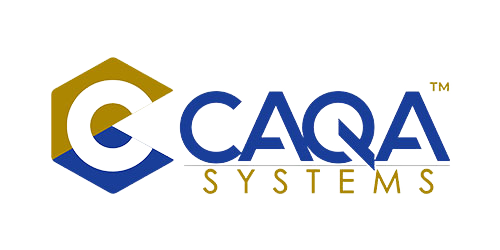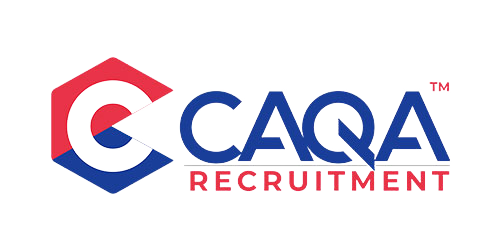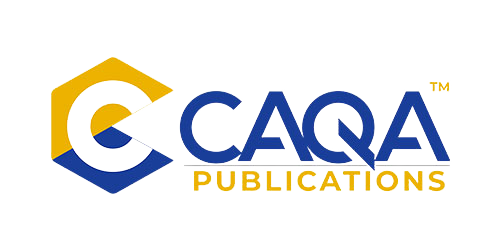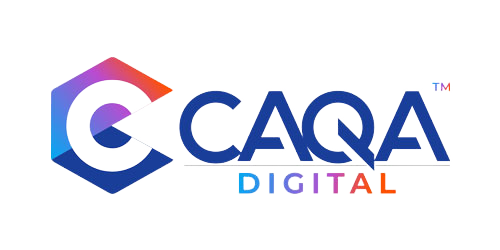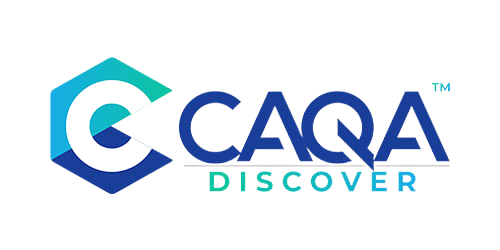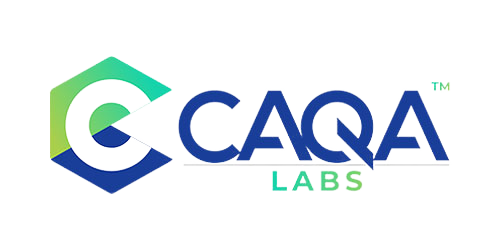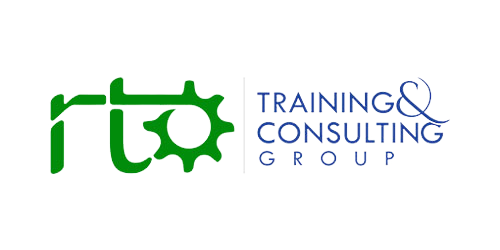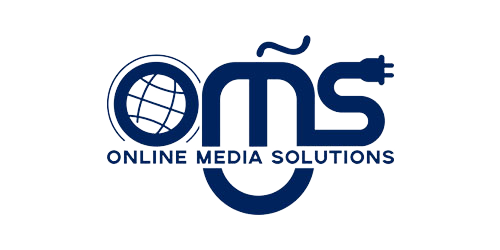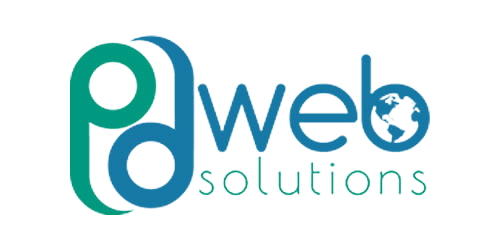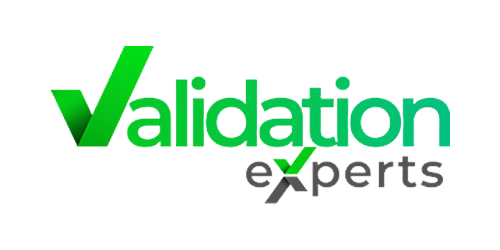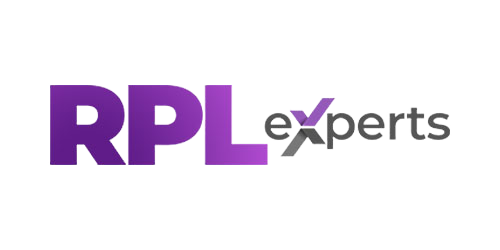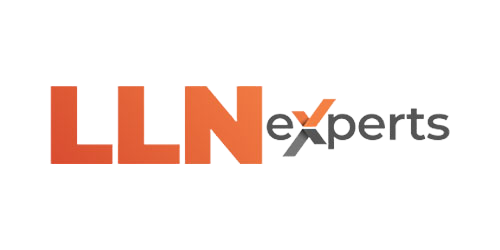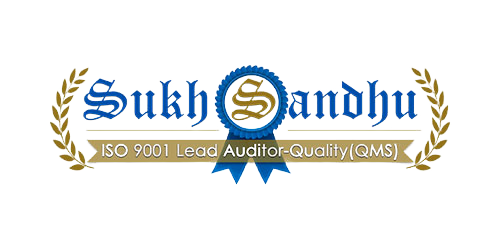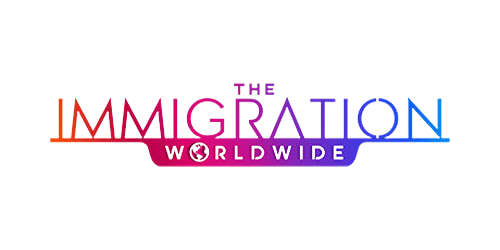THE LEADERSHIP RECKONING: DIRECTORS AND CEOS FACE UNPRECEDENTED ACCOUNTABILITY
The Standards for RTOs 2025 have landed with the force of regulatory thunder, bringing a profound transformation that reaches far beyond mere operational updates to strike at the very heart of how training organisations are governed and led. With implementation set for 1 July 2025, the sector now has clear, legislated guidance that removes previous uncertainty and allows for confident preparation. However, this certainty comes with an explosive revelation: Quality Area 4 represents nothing less than a governance revolution, resurrecting robust risk management requirements reminiscent of earlier regulatory eras but with unprecedented depth, breadth, and accountability mechanisms that will fundamentally reshape who bears responsibility for compliance failures.
The implications for RTO leadership could not be more stark or consequential. The outdated notion that "compliance is just the consultant's job" has been decisively rejected, replaced by a mandate for organisation-wide responsibility that places directors and CEOs squarely in the regulatory crosshairs. Non-compliance ramifications are now explicitly tied to leadership accountability, recognising that those at the helm are ultimately responsible for regulatory breaches, not subordinate compliance managers or external consultants. This seismic shift in accountability will force a reckoning at leadership levels that have sometimes remained comfortably distant from compliance details, secure in the assumption that technical specialists would handle regulatory requirements while executives focused on "more strategic" concerns.
The message from the 2025 Standards is unmistakable: compliance is no longer a technical specialty but a leadership imperative that demands active engagement, understanding, and oversight from the most senior levels of the organisation. Chief executives and board members who have previously delegated compliance as an operational matter now face a stark choice: develop genuine compliance literacy and engagement or risk personal exposure when regulatory failures occur. This represents both a challenge and an opportunity—a chance for leaders to demonstrate authentic commitment to quality and compliance as strategic priorities rather than administrative burdens.
THE RISK MANAGEMENT MANDATE: SYSTEMATIC OVERSIGHT REPLACES AD HOC APPROACHES
At the epicentre of this governance revolution lies a dramatic elevation of risk management from an occasional business exercise to a central, ongoing compliance requirement with detailed, specific expectations for implementation and oversight. The 2025 Standards demand that RTOs systematically identify, manage, and review risks across their entire operations, with particular emphasis on areas previously given inadequate attention: financial viability, conflicts of interest, and protection of vulnerable learners. This marks a profound shift from the ad hoc, reactive approaches to risk that have characterised many RTOs' operations under previous standards.
Financial risk management receives unprecedented regulatory attention, with explicit requirements for regular review of financial health, cash flow monitoring, and scenario planning for potential disruptions. RTOs must now conduct quarterly or even monthly reviews with accounting professionals, examining profit and loss statements, balance sheets, and other financial indicators. More significantly, they must engage in sophisticated "what-if" scenario planning, modelling how the organisation would respond to enrollment fluctuations, funding delays, or regulatory changes. This forward-looking approach represents a decisive break from the retrospective financial reporting common under previous standards, demanding a level of financial literacy and planning that may challenge RTOs accustomed to more casual approaches to financial management.
Conflict of interest management undergoes a similar transformation, with new requirements to identify and disclose both real and apparent conflicts—a distinction that dramatically expands the scope of transparency requirements. This emphasis on apparent conflicts means RTOs must consider not just provable conflicts but also situations that could reasonably be perceived as compromising independence or objectivity. This heightened standard addresses a long-standing regulatory concern about hidden incentives, undisclosed commissions, and other arrangements that have damaged the sector's reputation and student outcomes in past scandals. The expectation is clear: RTOs must operate with maximum transparency and must have sophisticated systems for identifying, documenting, and managing conflicts at all levels of the organisation.
Child protection and safeguarding emerge as a significant new risk management priority, with explicit requirements for RTOs working with learners under 18 years of age. The standards now reference the National Principles for Child Safe Organisations—the first time these have been incorporated into RTO legislation—and require specific risk identification, management strategies, and staff screening processes. RTOs must develop tailored policies for mixed-age cohorts, ensure all relevant staff have appropriate checks and clearances, and align their practices with state-specific child safety regulations. This focus on vulnerable learners reflects broader societal expectations for child protection and creates demanding new compliance obligations for RTOs that have previously treated younger students no differently from adult learners.
THE CONTINUOUS IMPROVEMENT IMPERATIVE: FROM ANNUAL EXERCISE TO EMBEDDED CULTURE
Parallel to the risk management revolution is a fundamental recalibration of expectations around continuous improvement, with the 2025 Standards elevating this from a peripheral clause to a comprehensive requirement that must permeate every aspect of RTO operations. The new standards demand mechanisms for systematically collecting, analysing, and acting upon data and feedback from multiple sources: students, staff, industry partners, regulators, and employers. This represents a quantum leap from previous approaches where feedback collection often occurred without corresponding analysis or action, creating the appearance but not the substance of continuous improvement.
The standards create a virtuous cycle linking data collection, analysis, action, and review, with clear expectations that this cycle operates continuously rather than annually or in response to specific triggers like audits. RTOs must demonstrate how they use feedback to challenge the status quo, identify improvement opportunities, and implement incremental changes that enhance quality and outcomes. This embedded approach to improvement means that every piece of information—whether a student survey, industry consultation, or staff suggestion—must be treated as potentially valuable input into organisational development rather than merely documentation for compliance purposes.
Technology emerges as a critical enabler of this continuous improvement mandate, with the standards implicitly encouraging the use of artificial intelligence and digital tools to streamline data analysis and insight generation. This represents a significant evolution in regulatory thinking, moving beyond concerns about technology as a potential avenue for plagiarism or shortcutting to recognise its role in enhancing business capability and compliance effectiveness. RTOs that leverage appropriate digital tools for feedback collection, analysis, and action tracking will find themselves better positioned to demonstrate the embedded improvement culture that the standards demand.
Perhaps most significantly, the standards require RTOs to inform both staff and students about legislative changes and their organisational implications—a new communication requirement that reinforces the principle that compliance awareness must extend beyond specialists to encompass all stakeholders. This transparency expectation creates additional documentation obligations but also supports the broader goal of creating an organisation-wide compliance culture where everyone understands relevant requirements and their individual responsibilities for meeting them.
THE PROFESSIONAL DEVELOPMENT EXPANSION: ALL STAFF, NOT JUST TRAINERS
One of the most consequential aspects of the governance revolution is the extension of professional development requirements beyond trainers and assessors to encompass all staff, including executives and directors. This represents explicit recognition that compliance capability must exist at every level of the organisation, not just among those directly involved in training delivery and assessment. The continuous professional development mandate now covers CEOs, directors, administrative staff, and support personnel—anyone whose role influences the RTO's operations and compliance posture.
This expansion addresses a frequent gap where leadership has remained uninvolved in compliance education, creating disconnects between strategic direction and regulatory requirements. Under the 2025 Standards, executives and board members must develop genuine compliance literacy, understanding both the letter and spirit of the standards and their implications for organisational governance and operations. This leadership engagement is essential not just for technical compliance but for creating the culture of quality and continuous improvement that the standards seek to foster throughout the VET sector.
The professional development requirement extends beyond mere attendance at training sessions to encompass evidence of genuine capability development and application. RTOs must demonstrate how professional development activities translate into improved practice, enhanced compliance, and better outcomes for students and industry partners. These outcomes align with the broader shift from process-centred to results-oriented regulation that characterises the 2025 Standards across all quality areas.
Importantly, the standards do not prescribe specific professional development models or requirements, recognising the diversity of RTO operations and the need for tailored approaches that address particular organisational needs and contexts. This flexibility creates both opportunity and responsibility: RTOs must design professional development programs that genuinely enhance capability rather than simply satisfy minimum requirements, and they must document both the activities undertaken and their impact on organisational performance and compliance.
THE CHILD PROTECTION EMPHASIS: VULNERABLE LEARNERS RECEIVE UNPRECEDENTED ATTENTION
The 2025 Standards introduce a revolutionary focus on protecting vulnerable learners, with explicit requirements for RTOs that enrol students under 18 years of age. This represents the first time that RTO legislation has directly referenced the National Principles for Child Safe Organisations, creating new compliance obligations that extend well beyond previous approaches to student welfare and protection. The standards demand tailored risk management, staff screening, and organisational policies specifically designed to ensure the safety and well-being of younger learners.
This child protection emphasis requires RTOs to identify and manage risks specific to under-18 learners, including considerations around course content, delivery methods, online safety, and interactions with adult learners in mixed-age cohorts. Staff working with younger students must undergo appropriate background checks and receive specific training in child protection principles and practices. These requirements align with broader societal expectations for organisations working with children and young people, bringing the VET sector into harmony with standards already established in other educational contexts.
The standards create particular challenges for RTOs operating across multiple jurisdictions, as child protection requirements vary significantly between states and territories. Organizations must navigate these jurisdictional differences carefully, ensuring compliance with both the national standards and the specific legislative requirements of each location where they operate. This complexity demands sophisticated policy development, staff training, and documentation systems that can accommodate varying requirements while maintaining consistent child safety principles.
Beyond the technical compliance aspects, the child protection emphasis represents an important values statement about the VET sector's responsibility to all learners, regardless of age. It recognises that younger students may have different needs, vulnerabilities, and learning considerations that must be accommodated through appropriate adjustments to content, delivery, and support services. This holistic approach to learner wellbeing aligns with the broader focus on student support and success that characterises the 2025 Standards across multiple quality areas.
THE FINANCIAL VIABILITY FOCUS: BUSINESS SUSTAINABILITY AS COMPLIANCE PRIORITY
Financial management undergoes a profound transformation under the 2025 Standards, with explicit requirements for regular review, scenario planning, and proactive risk management that go far beyond previous approaches to financial viability. RTOs must now conduct quarterly or even monthly financial reviews, examining not just the current position but potential future scenarios and developing contingency plans for possible disruptions or challenges. This represents a decisive shift from retrospective reporting to forward-looking planning as the primary approach to financial compliance.
The scenario planning requirement is particularly significant, demanding that RTOs model "what if" situations such as enrollment declines, funding delays, or regulatory changes that might impact financial sustainability. Organisations must demonstrate how they would respond to these scenarios, including specific actions to manage cash flow, protect student interests, and maintain operational continuity. This approach recognises that financial sustainability is not just about current balance sheets but about resilience in the face of potential challenges—a particularly important consideration given the sector's history of provider collapses that have left students stranded and qualifications in limbo.
Cash flow management receives specific attention, with expectations for regular monitoring and planning that address the particular patterns of RTO operations, including enrollment cycles, funding payment schedules, and resource investment requirements. This focus on cash flow, rather than just profit and loss, reflects a sophisticated understanding of how training organisations actually function financially and the specific risks they face in managing the timing of income and expenditure.
The financial viability requirements create significant new documentation obligations, with RTOs expected to maintain records of reviews, scenario planning exercises, and management responses to identified risks. These records must demonstrate not just that financial monitoring occurs but that it influences decision-making and strategic planning, creating a clear connection between financial management and broader organisational governance. This integration of financial and operational oversight reflects the standards' holistic approach to risk management and organisational quality.
THE TRANSPARENCY IMPERATIVE: CONFLICTS OF INTEREST UNDER THE MICROSCOPE
Transparency and conflict management emerge as critical components of the governance revolution, with unprecedented requirements for identifying, disclosing, and managing potential conflicts of interest throughout the organisation. The standards demand attention to both real and apparent conflicts. This distinction dramatically expands the scope of disclosure requirements beyond previous approaches that focused primarily on provable conflicts with direct financial implications. This emphasis on apparent conflicts means RTOs must consider not just documented relationships or interests but also situations that could reasonably be perceived as compromising independence or objectivity.
The conflict management requirements extend to all individuals involved in RTO operations, including staff, contractors, directors, and third-party partners. Everyone must understand their disclosure obligations and participate in systems designed to identify and manage potential conflicts before they impact decision-making or student outcomes. This comprehensive approach addresses regulatory concerns about hidden incentives, undisclosed commissions, and other arrangements that have damaged the sector's reputation and led to poor outcomes for students and industry in past scandals.
Documentation expectations are substantial, with RTOs required to maintain comprehensive records of potential conflicts, disclosure processes, management strategies, and ongoing monitoring. These records must demonstrate not just that conflicts are identified but that appropriate actions are taken to mitigate their impact on organisational integrity and student outcomes. This documentation burden represents a significant expansion of compliance obligations but also supports the broader goal of creating a transparent, ethical sector that prioritises quality and integrity over short-term commercial advantage.
The transparency requirements intersect with broader governance obligations around third-party arrangements, marketing practices, and student recruitment—areas where conflicts of interest have historically created significant quality and compliance risks. By demanding systematic identification and management of potential conflicts, the standards create a framework for addressing these risks at their source rather than merely dealing with their consequences after problems emerge.
THE IMPLEMENTATION IMPERATIVE: PRACTICAL STRATEGIES FOR RTO LEADERS
For RTOs navigating this governance revolution, practical implementation strategies are essential for ensuring compliance while maintaining operational effectiveness. Organisations new to systematic risk management should begin by thoroughly understanding the standards' requirements, then develop comprehensive risk registers that identify potential threats across all operational domains: financial, reputational, educational, and compliance. These registers must be living documents, regularly reviewed and updated as new risks emerge or existing ones evolve, with clear assignment of responsibility for monitoring and mitigation activities.
Professional development planning must expand to encompass all staff, with tailored programs that address the specific compliance knowledge and skills needed by different roles. Leadership development deserves particular attention, ensuring that executives and directors understand both their personal compliance obligations and their responsibility for fostering an organisation-wide culture of quality and integrity. Documentation systems must capture not just the occurrence of professional development activities but their impact on practice and outcomes, creating clear evidence of capability enhancement rather than mere attendance.
Financial management systems require review and potential enhancement, with formal processes for regular financial monitoring, scenario planning, and risk assessment. Many RTOs will need to formalise relationships with accounting professionals who can provide expert guidance on financial viability and sustainability planning. Documentation must demonstrate not just that financial reviews occur but that they influence decision-making and strategic planning, creating a clear connection between financial oversight and broader organisational governance.
Child protection systems demand immediate attention for RTOs working with under-18 learners, with comprehensive risk assessments, policy development, and staff training programs that align with both the national principles and jurisdiction-specific requirements. Background checking processes must be established or enhanced, with clear records of screening activities and ongoing monitoring of staff suitability. Training materials and delivery approaches may require review and adjustment to ensure age-appropriateness and alignment with child safety principles.
Throughout all these implementation activities, documentation remains critical, with systems needed to capture not just the existence of governance processes but their effectiveness in identifying, managing, and mitigating risks to quality, compliance, and sustainability. This documentation burden is substantial but essential for demonstrating the embedded governance culture that the standards demand.
CONCLUSION: EMBRACING THE GOVERNANCE OPPORTUNITY
The governance revolution embodied in the 2025 Standards presents both significant challenges and unprecedented opportunities for Australia's RTOs. The elevated expectations for risk management, continuous improvement, professional development, and financial oversight demand substantial investment in systems, capabilities, and cultural change. The explicit accountability placed on leadership creates new pressures, but also the possibility of more authentic alignment between strategic direction and compliance requirements.
Organisations that approach these changes not as regulatory burdens but as opportunities for genuine business enhancement will find themselves well-positioned not just for compliance but for sustainable success in an increasingly demanding educational landscape. By embracing risk management as a strategic tool rather than a compliance obligation, developing truly organisation-wide professional capability, and creating cultures of transparency and continuous improvement, RTOs can transform their governance approaches in ways that serve both regulatory and business objectives.
The countdown to July 2025 has begun, but the governance journey extends far beyond that implementation date. The true measure of success will not be achieving compliance by the deadline but creating governance systems and cultures that generate ongoing quality, integrity, and sustainability. The future belongs to those RTOs that recognise governance not as a compliance function but as the foundation of educational excellence and organisational success in a sector undergoing profound transformation.
